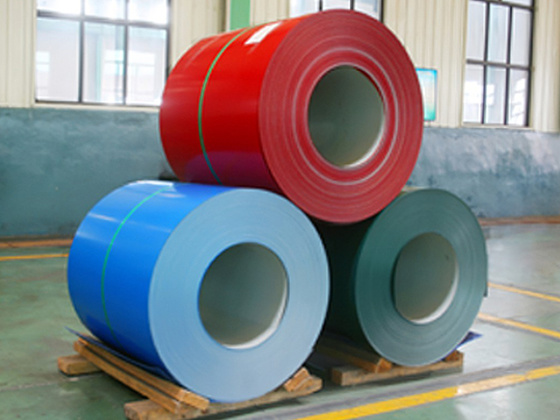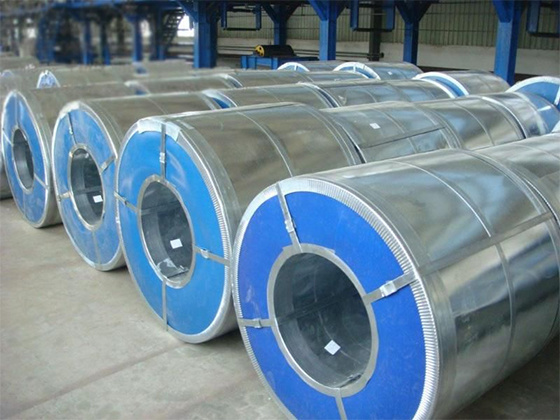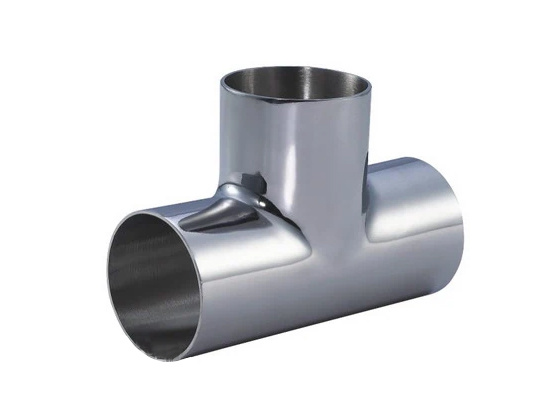Contact Us
E-mail:
sunjiyang@meidexiang.com
Tel/Wechat/WhatsApp:
+8618633701166
Tel/WeChat:
+86-13663271100
Address:
Hope New District, Mengcun, Cangzhou City, Hebei Province, China (East of Lijiapu Bridge, Cangyan Road 283)

Tee
- Product Description
-
A tee, also known as a pipe tee or tee fitting, is a type of fitting used for connecting pipes, playing a key role in the construction and modification of piping systems. Here is a detailed introduction to it:
Structure and Shape
A tee typically has three openings, shaped like a "T" or "Y". The main body is a tubular structure with three interconnected ports. The sizes of the three ports can be the same, or two ports can be the same size while the other is different, to accommodate different piping connection needs.
Classification
Classification by Material
Metal tees: including carbon steel tees, stainless steel tees, alloy steel tees, etc. Carbon steel tees have high strength and relatively low prices, widely used in ordinary pressure piping systems; stainless steel tees have good corrosion resistance, suitable for industries with high hygiene and corrosion resistance requirements such as chemicals, food, and pharmaceuticals; alloy steel tees have higher strength and high-temperature resistance, commonly used in special piping systems under high pressure and high temperature.
Plastic tees: commonly include PVC tees, PPR tees, PE tees, etc. Plastic tees are lightweight, corrosion-resistant, and easy to install, widely used in building drainage, agricultural irrigation, and other fields.
Composite material tees: made from two or more different materials, such as fiberglass tees, which combine the advantages of fiberglass and resin, featuring high strength, corrosion resistance, and good insulation, commonly used in chemical and electrical industries.
Classification by Connection Type
Welded tees: connected to pipes through welding, generally used in medium to high-pressure piping systems, requiring high welding skills to ensure welding quality and the sealing of the piping system.
Threaded tees: ports with threads can be directly screwed onto similarly threaded pipes, suitable for low-pressure, small-diameter piping systems, making installation and disassembly relatively convenient.
Clamp tees: use clamps to connect the tee to the pipe, characterized by quick installation and ease of maintenance, commonly used in fire protection, drainage, and other piping systems that require rapid installation.
Flanged tees: flanges are set at the ports of the tee, connected to the flanges on the pipes through bolts. This connection method has good sealing performance, suitable for high-pressure, large-diameter piping systems.
Applications
Water supply and drainage systems: in the water supply and drainage pipes of buildings, tees are used to connect the main pipe and branch pipes, allowing water to diverge or converge, achieving water supply or drainage functions in different areas.
Heating systems: used to connect the main and branch pipes of heating systems, delivering hot water or steam to various rooms, ensuring the normal operation of the heating system.
Gas systems: in gas transmission pipelines, tees can connect the main pipeline with branch pipelines, ensuring safe and stable gas supply to various gas points.
Chemical pipeline systems: in chemical production, tees are used to connect various chemical pipelines, transporting different media to meet the needs of complex process flows.
Ventilation and air conditioning systems: in ventilation and air conditioning duct systems, tees are used to connect branch air ducts or refrigerant pipes, achieving the distribution and transport of air or refrigerants.
Installation Points
Preparation: Before installation, the pipes and tees need to be inspected to ensure that the pipe ends are smooth and free of burrs, the sizes and specifications of the tees meet design requirements, and the pipes are cleared of debris and dust.
Installation Method: Choose the appropriate installation method based on the connection type of the tee. Welded tees should be welded by professional welders to ensure weld quality; threaded tees should use appropriate tools during screwing to avoid damaging the threads; clamp tees should ensure that the clamps are securely installed and well-sealed; flanged tees should pay attention to the alignment and flatness of the flanges, tightening the bolts evenly.
Testing and Commissioning: After installation, the piping system should undergo pressure testing and sealing checks to ensure there are no leaks. During the initial operation of the system, closely observe the operation of the tee and the entire piping system, promptly identifying and addressing any potential issues.
Hot Tags:
Inquire Now
Note: Please leave your email address, our professionals will contact you as soon as possible!





